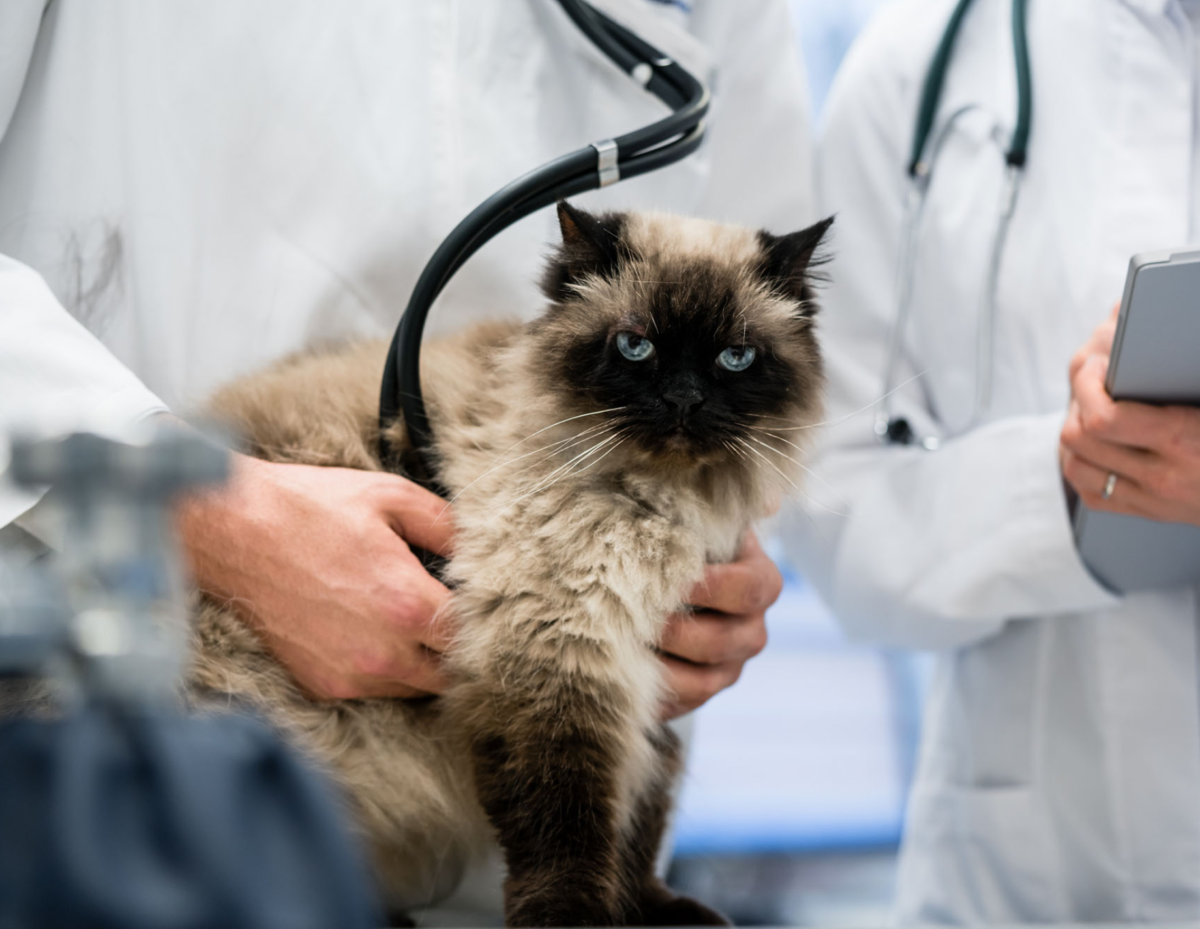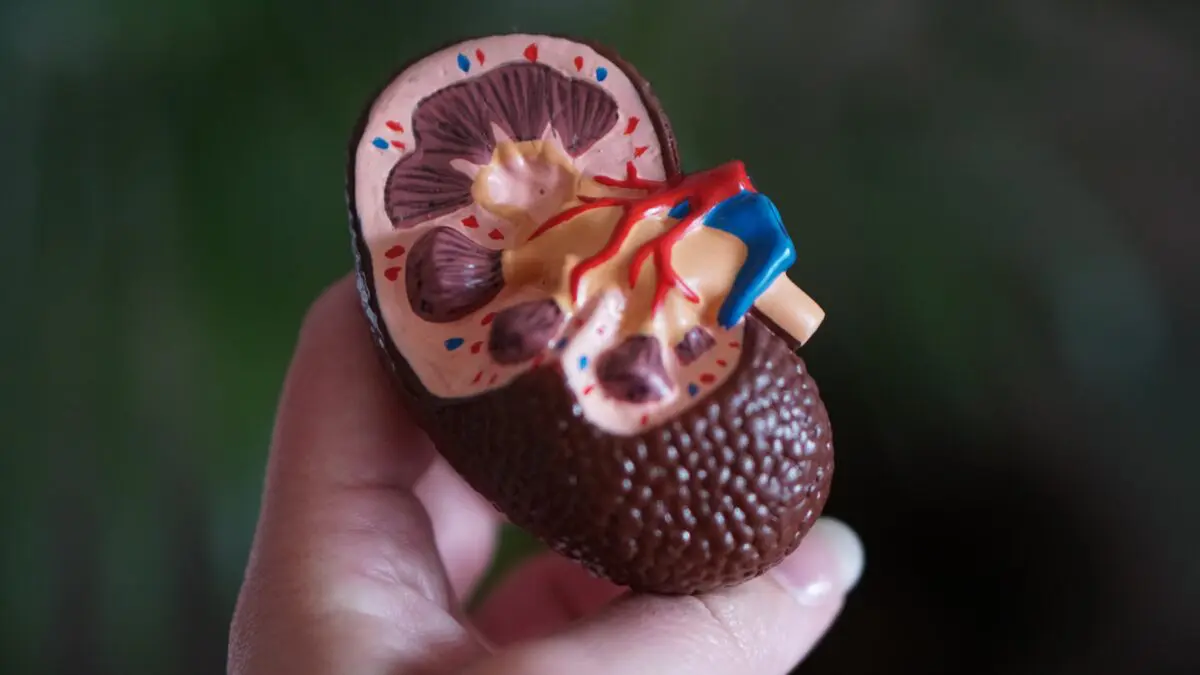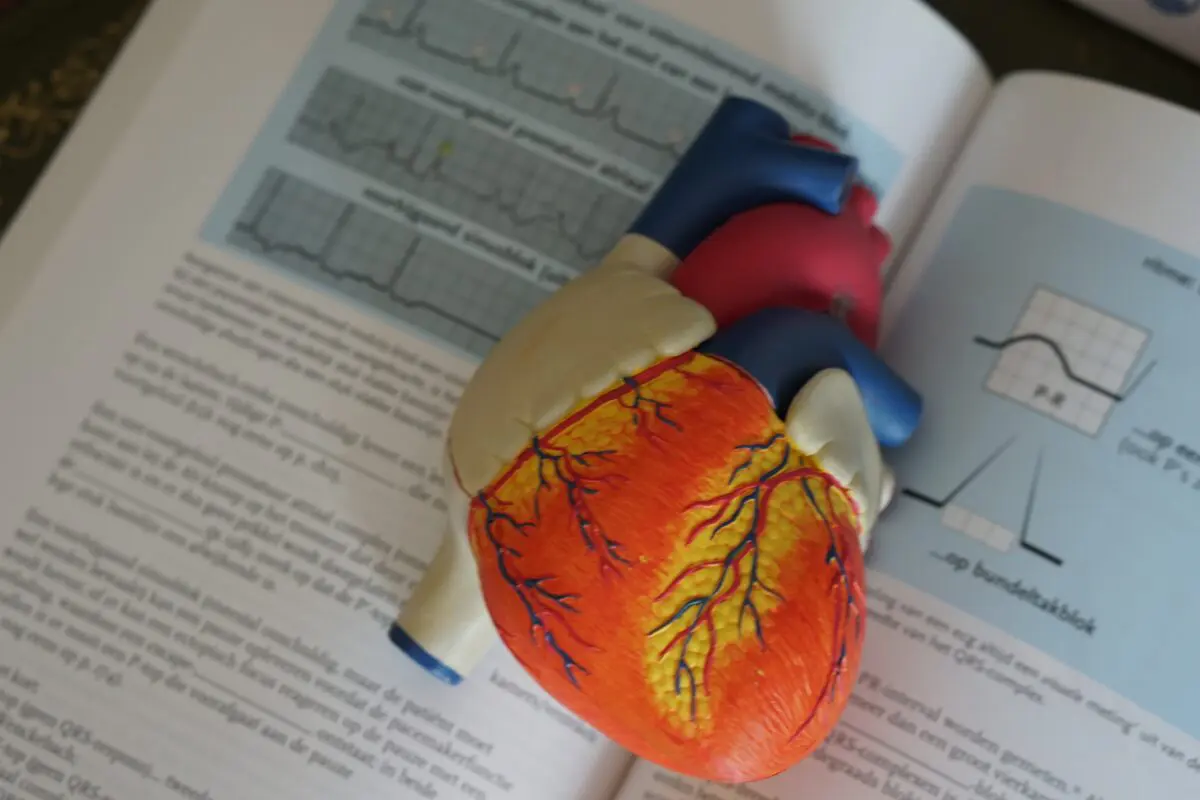Stress-free examination of a dyspneic patient is key. A lot of information can be gathered just from observing a dyspneic animal. Assessment of the movement of the chest and abdominal wall relative to one another alongside breathing rate and effort can help refine your differentials and streamline your emergency diagnostics and emergency management.
Continue reading “Breathing Patterns: All Eyes On That Chest”Author: Laura Cole
VetEmCRIT Rounds: A Chat about Fibrinolysis
During these rounds, two Diplomates of American College of Veterinary Emergency and Critical Care (Laura Cole and Rachael Birkbeck) are discussing a post-operative bleeding in a dog that underwent an anal sacculectomy and sublumbar lymph node removal. Drs. Cole and Birkbeck talk about physiology and pathophysiology of fibrinolysis as well as DIC, viscoelastic testing and the reasons why hemorrhagic cavitary effusions do not clot.
Dr. Birkbeck’s review paper on hyperfibrinolysis in dogs and cats can be found here.

Trauma, acute kidney injury and mannitol
Traumatic injury is a risk factor for acute kidney injury (AKI). The cause of AKI is likely multifactorial and may include renal hypoperfusion and renal hypoxia secondary to hypovolemic shock and/or increased abdominal pressure, rhabdomyolysis and direct nephrotoxic effects of therapy including general anesthesia (Harris et al., 2017). The osmotic diuretic, mannitol, has been used both in the prevention, and the treatment of AKI. It has been used peri-operatively to prevent the development of AKI and in the management of AKI secondary to traumatic rhabdomyolysis (Sharman et al., 2013; Yang et al., 2014). However, mannitol itself has nephrotoxic potential and therefore the benefits of its use should be considered in light of its potential to cause adverse effects (Perez-Perez et al., 2002; Fang et al., 2010)
Continue reading “Trauma, acute kidney injury and mannitol”Wide complex tachycardia – More complex than first thought?
A 7 year-old male neutered domestic shorthaired 5 kg cat is currently hospitalized for management of an aortic thromboembolism. The cat was diagnosed with hypertrophic cardiomyopathy, left sided congestive heart failure and aortic thromboembolism causing complete lack of motor function in the pelvic limbs. It is being managed with oxygen therapy provided by commercial oxygen kennel, 2 μg/kg/hr fentanyl infusion, furosemide 2 mg/kg q12 hours and 18.75 mg clopidogrel. The cat is being monitored with regular respiratory rate checks and continuous electrocardiogram (ECG). The cat began to show some improvement in pelvic limb motor function. However, 48 hours post initiation of therapy there was a dramatic change in the ECG (Figure 1).
Continue reading “Wide complex tachycardia – More complex than first thought?”Furosemide use in management of acute kidney injury: magic bullet or fatal blow?
Furosemide is the most commonly used diuretic in critical care and is frequently used in the management of acute kidney injury (AKI). However, the benefits of furosemide administration in AKI has long been questioned and there are concerns over the possible harmful effects of furosemide including diuretic-induced AKI. To further evaluate the role of furosemide in management of AKI, let us consider a case.
Continue reading “Furosemide use in management of acute kidney injury: magic bullet or fatal blow?”



